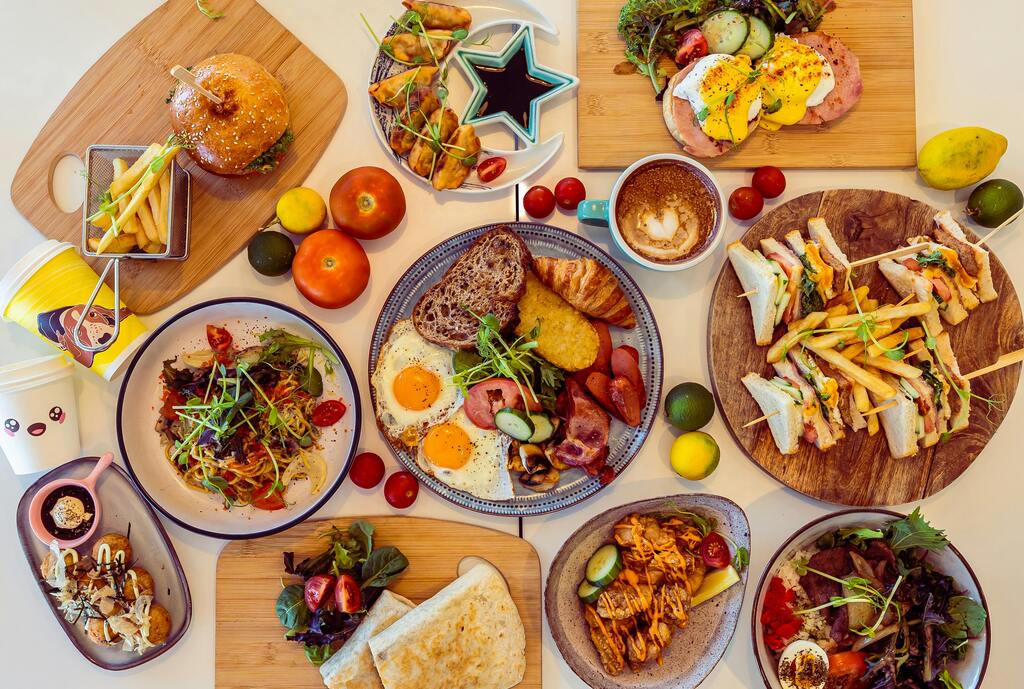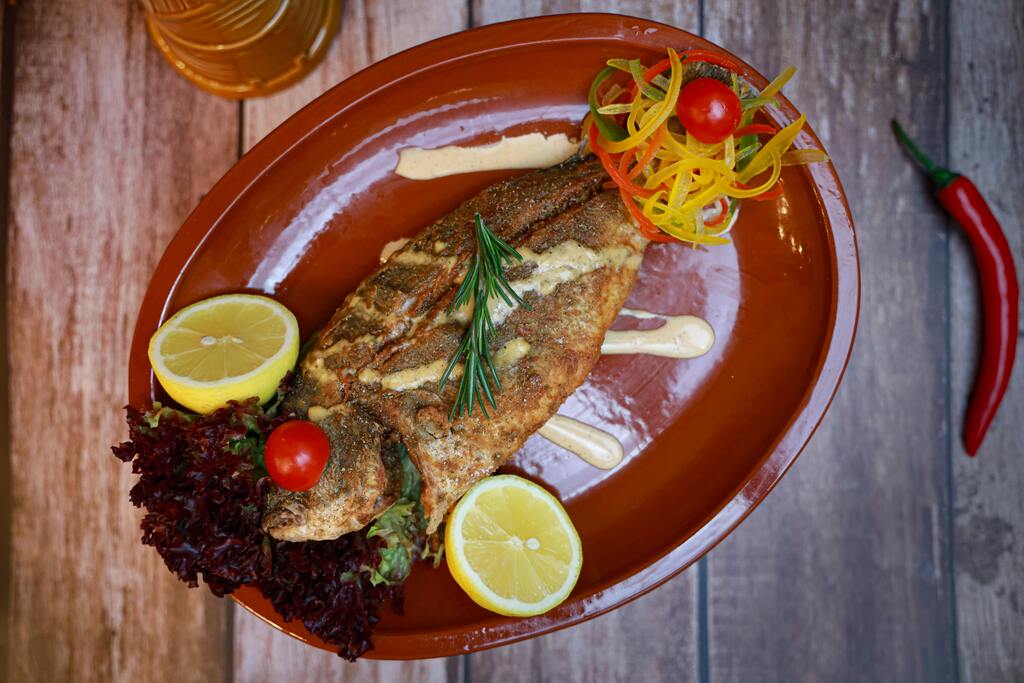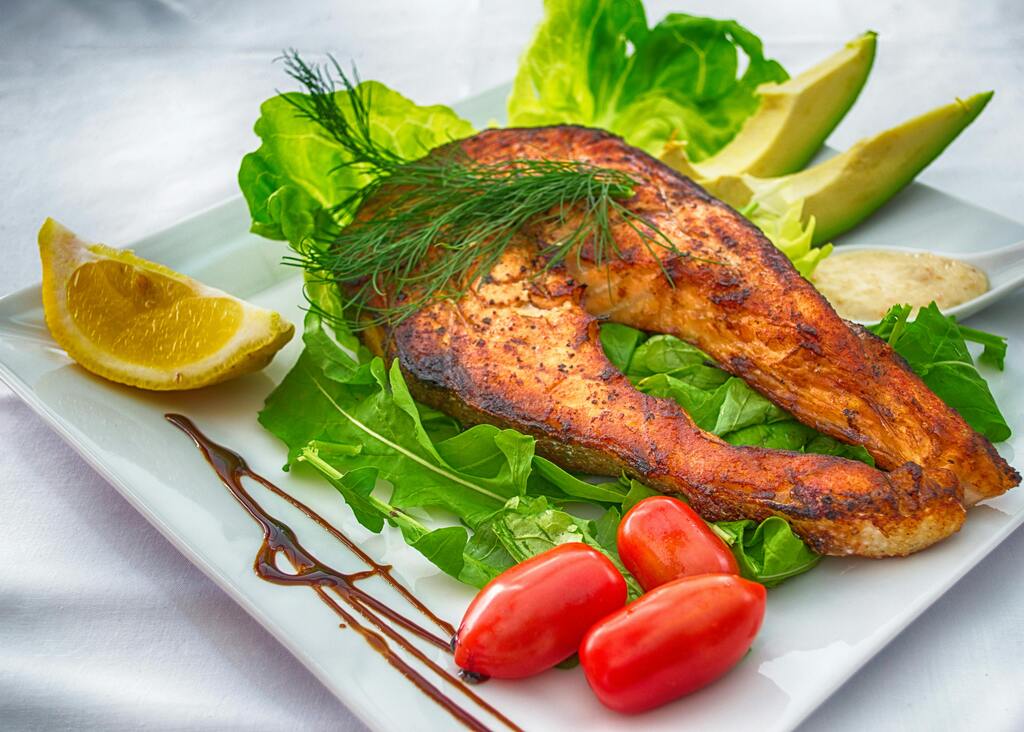From the tropical islands of Polynesia to the rugged outback of Australia, the cuisine of Oceania is as diverse as its geography. Each region blends indigenous traditions with colonial influences, resulting in bold flavors, fresh ingredients, and distinctive cultural expressions. Let’s explore the rich and varied culinary landscapes of Oceania, grouped by region and country.

Indigenous Bush Tucker
Traditional Aboriginal cuisine—often called "bush tucker"—features native ingredients like kangaroo, emu, witchetty grubs, yams, bush tomatoes, and wattleseed. Cooking methods often involve open fire or ground ovens (earth ovens called “kup-murri” in some Aboriginal cultures).
Modern Australian (Mod Oz)
Australia’s multicultural population has inspired a fusion food movement. “Mod Oz” cuisine blends European techniques with Asian and Pacific Islander flavors. Think: grilled barramundi with Thai-style mango salsa, or kangaroo steaks with a red wine reduction.
Iconic Dishes
Meat pies
Vegemite on toast
Pavlova (contested with New Zealand)
Lamingtons
Chicken parmigiana
Traditional Maori Cuisine
The Māori introduced the hangi, a traditional earth oven used to cook meats and root vegetables underground. Staples include kumara (sweet potato), puha (sow thistle), and seafood.
Contemporary Kiwi Cuisine
New Zealand’s abundant farmland and clean waters support a cuisine rich in lamb, dairy, seafood (like green-lipped mussels and whitebait), and wine. Asian and Mediterranean influences have also shaped modern dishes.
Famous Foods
Hangi meals
Roast lamb
Hokey pokey ice cream
Pavlova (shared claim with Australia)
Whitebait fritters

Common Ingredients
Coconut, taro, breadfruit, bananas, fish, and pork dominate Polynesian dishes. Cooking methods often include underground ovens (umu or imu), grilling, and raw preparations.
Countries & Territories
Hawaii (USA): Poke, laulau, poi, kalua pig
Samoa & Tonga: Oka i'a (raw fish salad), palusami (taro leaves with coconut cream), lu pulu (corned beef with taro leaves)
French Polynesia: Poisson cru (raw tuna with coconut milk), breadfruit chips
Micronesian cuisine is shaped by the sea, with an emphasis on fish, taro, yam, and coconut. Rice is a staple in many areas, especially those influenced by Asian cultures and American colonization.
Notable Dishes
Grilled reef fish
Taro root in coconut milk
Coconut crab (a delicacy in the Northern Mariana Islands and Palau)
Countries & Islands
Papua New Guinea: Mumu (earth oven-roasted pork and vegetables), sago pancakes
Fiji: Lovo (underground oven feasts), kokoda (Fijian ceviche), cassava, taro
Solomon Islands & Vanuatu: Seafood stews, lap lap (grated root vegetables with coconut and meat, baked in leaves)
Melanesian dishes often center around communal preparation, and flavors tend to be hearty and earthy, with liberal use of root crops and local greens.

From island feasts to bush delicacies, Oceania’s cuisine is a powerful reflection of its cultures and landscapes. It’s a region where culinary traditions remain deeply connected to the land and sea, even as modern influences continue to evolve and inspire new flavor journeys.
Hungry for more? Explore local recipes or seek out Oceanian restaurants near you to take a bite out of this richly layered culinary world.